43. Berwartstein Castle
Berwartstein Castle is located on a pinnacle of rock in the southern Rhineland-Pfalz region. It is unique among Germany castles because originally the only entrance was a single chimney in the rock. One person at the top could defend the castle by pulling up the rope ladder and pouring boiling oil on the head of any would-be attacker. In later years other entryways were added, and today the chimney has been blocked off from inside the castle.
44. Albrechtsburg
The Albrechtsburg is a Late Gothic castle that dominates the town center of Meissen in Saxony. It stands on a hill above the river Elbe, adjacent to the Meissen Cathedral.
45. Moritzburg Castle
Moritzburg Castle has four round towers and lies on a symmetrical artificial island. It is named after Duke Moritz of Saxony, who had a hunting lodge built there between 1542 and 1546. The surrounding woodlands and lakes have been a favorite hunting area of kings of Saxony.
46. Kriebstein Castle
Kriebstein is considered the most handsome knight castle in Saxony. It has a Gothic hall, a chapel, wine cellar, deep dungeon, loft and tower, living quarters, and the iconic “Kriebsteinzimmer”. This area was built in the 15th century and is a perfectly preserved room with wooden sides.
47. Rochlitz Castle
The Rochlitz Castle was built in the middle of the 10th century. Its long history saw phases of intensive use as an imperial castle, electoral residence, state prison, place of exile, boy’s school, hunting lodge as well as periods of neglect and decay.
48. Colditz Castle
Colditz Castle, founded in the 12th century, is a stately castle overlooking Colditz, a town near Dresden and Leipzig. Its serene demeanor can be deceptive, however. During World War II, Colditz Castle served as a Nazi prisoner of war camp that housed Allied officers who had escaped repeatedly from other camps. The Allies escaped from this Saxony castle, too, though it was considered escape proof. The castle has since been restored to its pre-World War II look.
49. Königstein Fortress
Germany’s largest fortress, Festung Königstein, towers over the Elbe Valley in the Saxon Switzerland area. It is a popular day trip from nearby Dresden. It’s history goes back to at least the early 13th century but it only came to real importance after it became part of the March Meißen in 1459. Under Saxon control, it was expanded to a massive fortress that was never taken in battle.
50. Falkenstein Castle
Falkenstein Castle was built between 1120 and 1180 and has been modified frequently since then, but still retains the character of a medieval castle. It has a commanding location and was never captured. Today the castle and its museum are one of the most popular destinations in the Harz Mountains.
51. Wernigerode Castle
Wernigerode Castle is located in the Harz mountains above the town of Wernigerode in Saxony-Anhalt. The present-day building, finished in the late 19th century, is somewhat similar in style to Neuschwanstein Castle, though its foundations are much older.
52. Eutin Castle
The four-winged palace originated from a medieval castle and was expanded over several centuries into a Residenz. The castle was regularly occupied until the 20th century and most of the interior has survived to the present-day. Today the castle houses a museum and is open to the public in summer.
53. Glücksburg Castle
Situated near the border with Denmark, Glücksburg Castle was built by Nikel Karies, a master builder from nearby Flensburg, between 1583 and 1587 for Duke Johann the Younge. It is the seat of the House of Schleswig-Holstein-Sonderburg-Glücksburg and was also used by the Danish kings. Glücksburg Castle is Germany’s largest water castle and one of the most significant family houses in northern Europe.
54. Wartburg
Founded in the 11th century, Wartburg Castle is one of the preserved medieval castles in Germany. It was the home of St. Elisabeth of Hungary, the place where Martin Luther translated the New Testament of the Bible into German and an important inspiration for Ludwig II when he decided to build Neuschwanstein Castle.
55. Osterburg Castle
Situated on a mountain spur, Osterburg Castle rises above the town of Weida. The castle was built as a fortification from 1163 to 1193 by Steward Heinrich I. The 54-meter (177-foot) high Romanesque keep is one of the oldest surviving keeps in Germany.
56. Wachsenburg
Wachsenburg Castle was originally built in the 10th century. At the end of the 18th century, the castle was turned into a prison. The viewing tower was built in 1905. The well-preserved castle now houses a museum, a hotel and a restaurant.


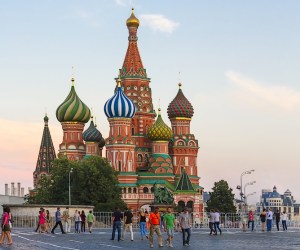
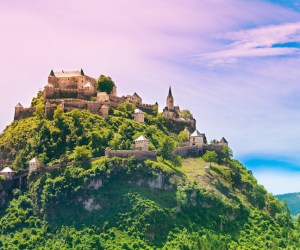
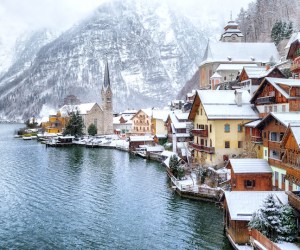
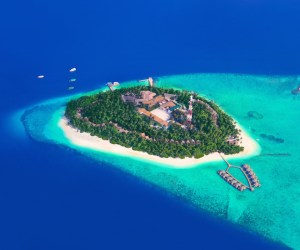
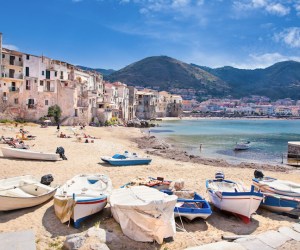


Leave a Reply